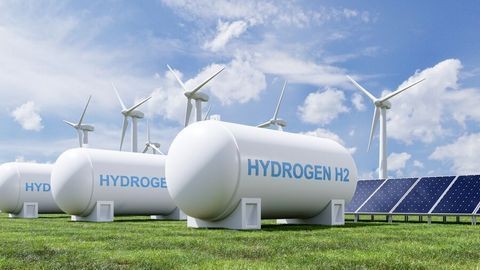Plugging the "Gaps" on Transfers of U.S. Sensitive Emerging Technology: New and Permanent Dual-Use Export Control Statutory Authority Becomes Law
Client Alert | 1 min read | 08.16.18
The Export Control Reform Act of 2018, included within the National Defense Authorization Act (NDAA) for Fiscal Year 2019, became law on August 13, 2018, and provides “modern” and permanent statutory authority for the U.S. Export Administration regulations (EAR), which control the export, re-export, and transfer of U.S. origin “dual-use” items. As a result of the effort to strengthen control over foreign investment in the United States (contained in a companion statute within the NDAA), the law directs the Commerce Department to establish an inter-agency process, subject to a public notice and comment period, for the identification of “emerging and foundational technologies” that are essential to the national security of the United States, and requires the imposition of licensing requirements (even if unilateral) at least for transfers of such technologies to U.S. arms embargoed countries, which includes China. With respect to potential technologies likely to incur heightened scrutiny, a Commerce Department industry event in May of this year highlighted U.S. advancements vis-a-vis Europe and China in the areas of artificial intelligence (particularly autonomy, and human-AI interaction), 5G technology, and robotics, among others.
Contacts
Insights
Client Alert | 2 min read | 12.19.25
GAO Cautions Agencies—Over-Redact at Your Own Peril
Bid protest practitioners in recent years have witnessed agencies’ increasing efforts to limit the production of documents and information in response to Government Accountability Office (GAO) bid protests—often will little pushback from GAO. This practice has underscored the notable difference in the scope of bid protest records before GAO versus the Court of Federal Claims. However, in Tiger Natural Gas, Inc., B-423744, Dec. 10, 2025, 2025 CPD ¶ __, GAO made clear that there are limits to the scope of redactions, and GAO will sustain a protest where there is insufficient evidence that the agency’s actions were reasonable.
Client Alert | 7 min read | 12.19.25
In Bid to Ban “Woke AI,” White House Imposes Transparency Requirements on Contractors
Client Alert | 5 min read | 12.19.25
Navigating California’s Evolving Microplastics Landscape in 2026
Client Alert | 19 min read | 12.18.25
2025 GAO Bid Protest Annual Report: Where Have All the Protests Gone?



